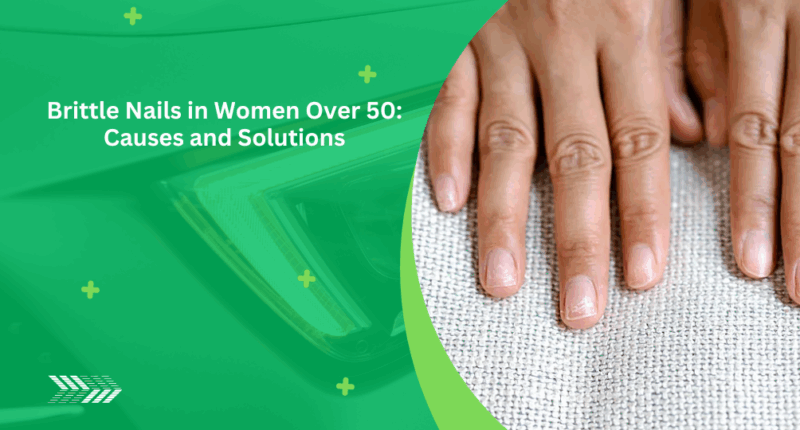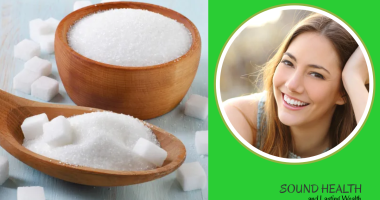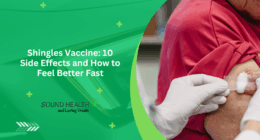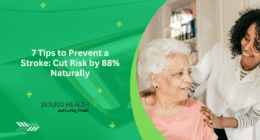As women age, changes in their bodies often reveal themselves through subtle signs, one of which is the condition of their nails. Brittle nails are a common concern for women over 50, who may notice their nails becoming dry, thin, or prone to breaking. This issue is more than just a cosmetic annoyance—it can signal underlying health or lifestyle factors requiring attention. Understanding why brittle nails develop in this age group and how to effectively address them is key to maintaining nail health and overall confidence.
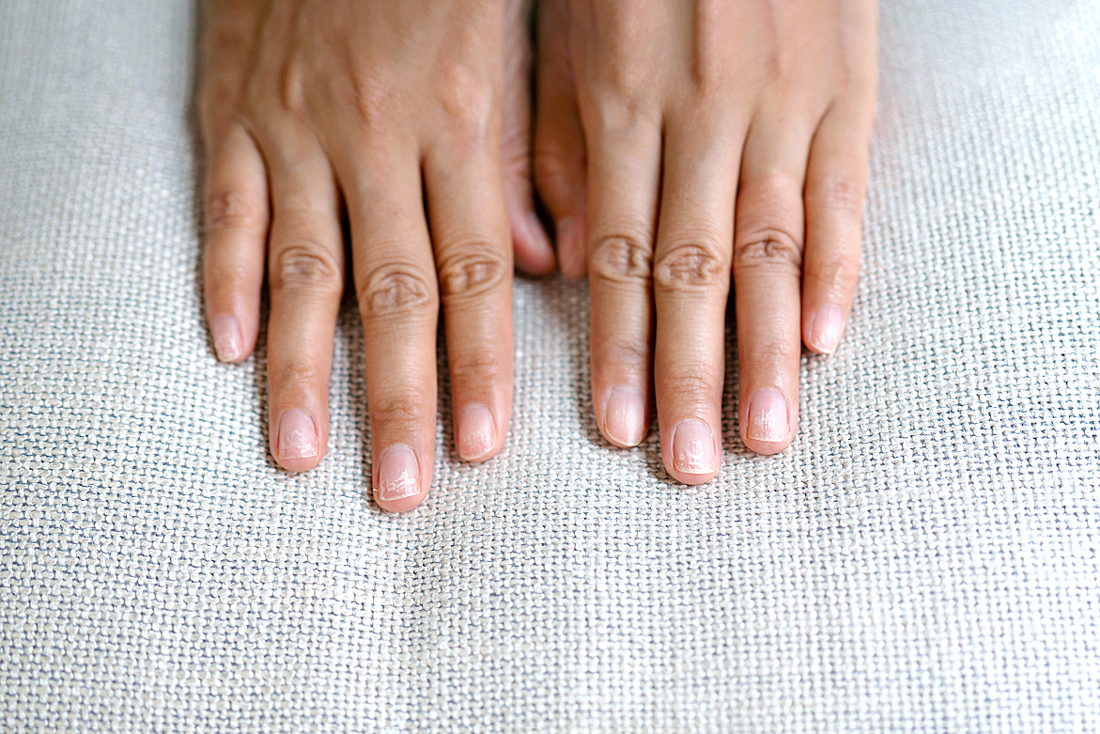
Why Women Over 50 Get Brittle Nails: The Role of Aging and Hormones
Brittle nails in women over 50 often result from natural physiological changes linked to aging. As estrogen levels decline during and after menopause, the body’s capacity to retain moisture in skin and nails diminishes. This hormonal shift reduces the production of natural oils that keep nails hydrated and strong. Additionally, aging slows the regeneration of nail cells, making nails more fragile and susceptible to splitting.
In some cases, brittle nails may reflect nutritional deficiencies or health conditions common in this age group. For instance, calcium and protein intake, crucial for keratin formation, can wane due to dietary changes or medical treatments. The combination of these factors makes the nails vulnerable, highlighting the importance of an informed approach to nail care after 50.
Symptoms of Brittle Nails: How to Recognize Nail Fragility Early
Identifying brittle nails can be straightforward once you know the common symptoms. These include:
Nails peeling or flaking easily
Cracks or splits appearing frequently
Excessively dry or rough nails
Nails that bend or break under minimal pressure
White spots or discoloration hinting at potential nutritional issues
Women noticing these signs early can prevent further damage by adopting protective measures. Understanding these symptoms can also help differentiate brittle nails from other nail disorders that require medical treatment.
6 Common Causes of Brittle Nails in Women Over 50
Several factors contribute to brittle nails, especially in women past midlife. Among the most prevalent causes are:
Hormonal Changes Due to Menopause
The decline in estrogen weakens the nails by reducing moisture retention and impairs the natural repair system in nails, leading to increased brittleness.Nutritional Deficiencies
Lack of essential nutrients like biotin, iron, zinc, and protein hampers keratin production, the primary structural protein in nails. Even common deficiencies linked to aging diets can cause nails to become fragile.Frequent Exposure to Water and Chemicals
Daily activities such as washing dishes, cleaning with harsh detergents, and using nail polish removers with acetone strip natural oils, making nails dry and prone to splitting.Medical Conditions
Conditions like hypothyroidism, anemia, and psoriasis can negatively impact nail health, causing brittleness and other nail abnormalities.Aging and Reduced Circulation
Aging skin and nails often suffer from decreased blood flow, limiting essential nutrients’ delivery to the nail matrix where new nail cells form.Environmental Factors
Cold, dry weather and low humidity can increase nail dryness. Indoor heating during colder months further aggravates this problem, leading to fragile nails.
How to Strengthen Brittle Nails: 7 Easy Tips That Work
Improving brittle nails requires a combination of lifestyle adjustments, diet modifications, and protective care. Consider these expert-backed tips:
Moisturize Nails and Cuticles Regularly: Use nourishing oils or creams rich in vitamin E to restore hydration.
Limit Water Exposure: Wear gloves while washing dishes or cleaning to minimize contact with water and chemicals.
Maintain a Balanced Diet: Incorporate foods high in biotin (eggs, nuts), zinc (shellfish), iron (lean meats), and protein to support keratin production.
Avoid Harsh Nail Products: Choose gentle, acetone-free nail polish removers and reduce the frequency of manicures.
Keep Nails Trimmed and Filed: Short nails break less easily; filing prevents snagging.
Use Nail Hardeners Sparingly: Some products can strengthen nails but should be used cautiously under guidance.
Stay Hydrated and Manage Health Conditions: Drinking enough water and controlling medical issues can improve nail quality.
For example, women who incorporated biotin supplements reported a marked improvement in nail thickness and strength within a few months, according to a study published by the Journal of Dermatology.
When to See a Dermatologist for Brittle Nails: Knowing the Warning Signs
While most cases of brittle nails improve with home care, certain scenarios warrant professional evaluation:
Persistent nail brittleness despite treatment
Unusual nail discoloration or thickening
Nail deformities or pain
Signs of fungal infections or skin conditions affecting nails
A dermatologist can perform diagnostic tests, including blood work to check for deficiencies or rule out systemic diseases. Early intervention can prevent permanent nail damage and address underlying health problems effectively.
Brittle nails are a manageable condition with awareness and proper care. Women over 50 facing this issue should consider these causes and solutions carefully, maintaining both nail beauty and health.
Also Read | Signs You’re Not Eating Enough Protein, Say Experts
